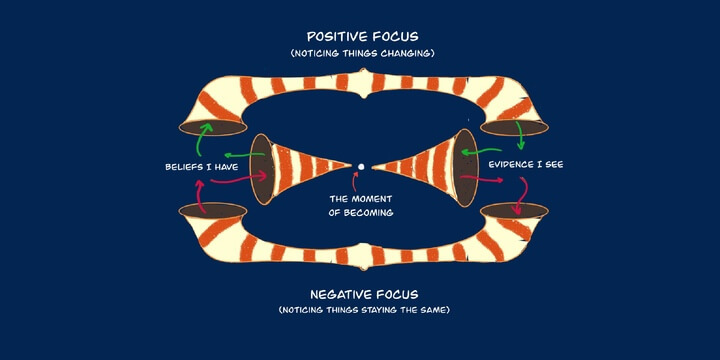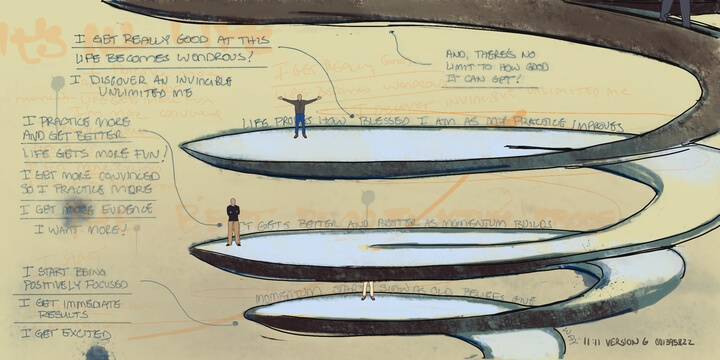Happy New NOW! As you’re reading this, I wish you the most positive, abundant, expansive now possible, born of a positively focused perspective.
I know the world is extraordinarily beautiful. My life mirrors my internal reality, the one I’ve successfully tuned to my broader perspective.
From there, everything happening all over the planet reflects what I know. The world is in a chronic state of improvement and expansion. Everything is getting better.

The universe provides us the opportunity to see whatever reality we want.
While it’s wonderful knowing, it’s even better seeing evidence of the knowing. There’s nothing more convincing than life evidence proving a positively focused life creates a positively focused reality, a reality where all desires fulfil themselves.
What I love about 2020 is how my charmed life increased the pace in which delightful events flow. The more I adore my charmed life, the more my charmed life fills with fulfilling desires. 2020 was no exception as I’ve shared in this blog.
I know, of course, those fulfilling desires, including those in the future, already are fulfilled. The only thing keeping me, in this now, from seeing them and experiencing them as fulfilled, are my old beliefs, beliefs which conceal that fulfilment.
That’s Temporary Though
The good news is, the more I’m positively focused the more I reveal to myself more evidence of my already fulfilled desires. This is the process of making me eternal. I can’t help creating new desires, birthing new things that become part of all that is. All those things are as real as the nose on my face. This is how life becomes my continuous upward, joyful spiral.

Positively focused creates an upward joyful spiral
Joyfully Positively Focused
What I like more than that knowing, is the feeling. The feeling is the purpose of life experience: feeling joy, feeling myself expand, and experiencing more and more of my inner joy.

Reality gets created through people interacting with nonphysical.
This New Year offers more opportunities. I wish for you to allow opportunity into your life. I’m eager for my life because it’s just the beginning. This now, as I write these words, epitomizes what the rest of 2021 will be for me: a continuous series of now-moments where I strive to do my best to be maximally positively focused. I wish that for you too.
Standing in one now-moment after the next, then the next, then the next, I know I’ll discover more of what I already know: experiencing the joy of the journey.
That’s what the Universe is here for.
Happy New Year!







